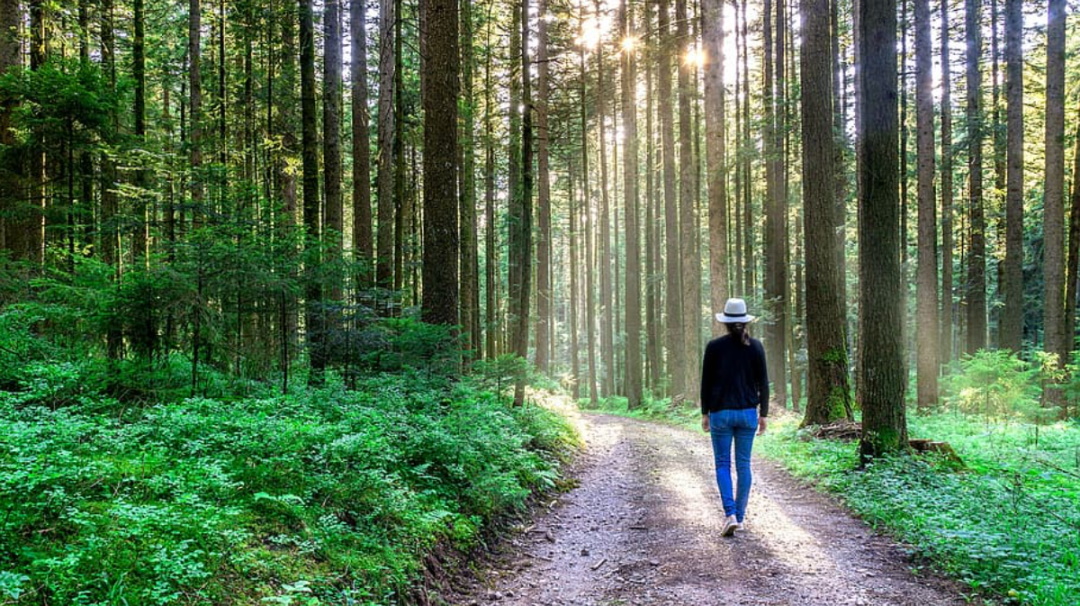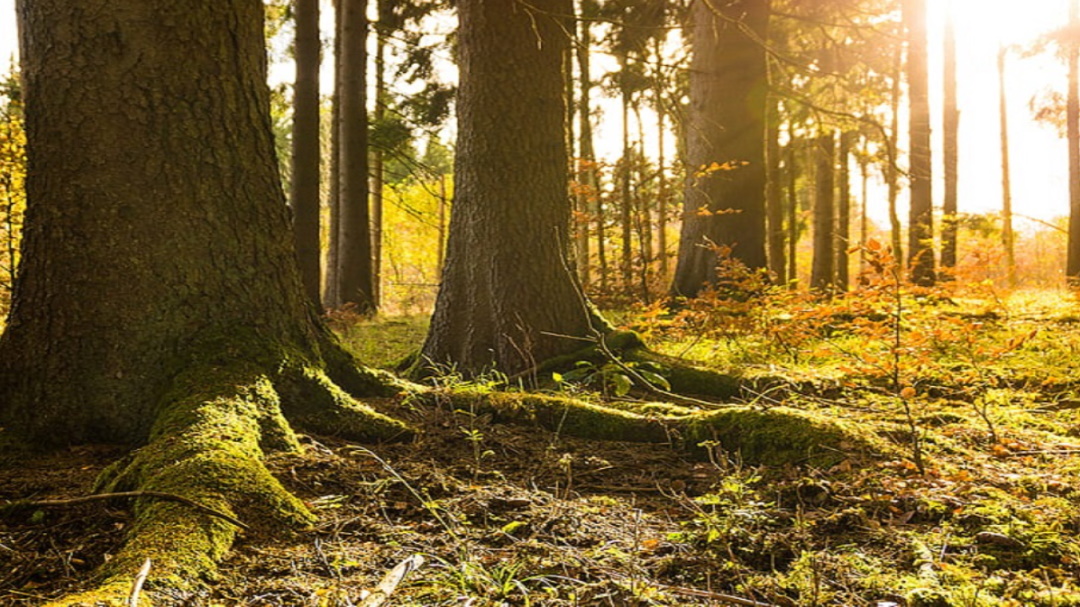
No matter who you speak to, whether it’s for exercise, to entertain the kids or for the sport of bird watching, the good old fashioned bush walk has always been a sure-fire way to reset from stress.
The singing of the birds, the occasional rustle of a nearby bush that you hope was just a lizard, the smell of a fallen tree decaying and providing for new growth, all combine to create an undeniably calming atmosphere.
Or is it just the lack of street noise? Lack of people? Or the lack of concrete that we enjoy so much?
The concept is certainly not a new one. A walk in nature as a form of therapy has been found in basically all cultures as far back as you care to look. The term forest bathing was coined in Japan in the ’80s to describe walking in the forest as part of a psychological and physiological exercise. They called it “Shinrin Yoku” – translated Forest Bathing.
Not only did it remind people of the importance of reconnecting to nature and protecting the environment, but it also offered a much-needed antidote to burnout resulting from the surge in technology at the time.
By the ’90s it was decided that the physiological benefits of forest bathing needed to be researched. They proved what we basically already knew – spending time surrounded by nature is good for you.
More than that, we need it. Humans have an innate need to recharge our emotional energy away from our urban lifestyle of convenience.
Forest bathing as a practice is not just for hikers and hippies.
Forest Bathing is not just for hikers and hippies! We are part of the natural world. We are designed to be in touch with nature. Put simply, our bodies need to connect with it regularly to cope with the stresses of life.
Most of us spend our days behind a desk in the proverbial concrete jungle not noticing completely how the stresses of our busy lifestyle are affecting our minds and body.
I used to be stuck driving an uncomfortable van all day, rushing from job to job. There never seemed to be enough time to stop and smell the roses, and by the time I got home I had no energy to do anything worthwhile.


Start by simply taking a wander through your local park. Something you’ve probably done a hundred times, but this time, recognise it as therapy. Recognise how much better you feel afterwards. Appreciate that it was not just a pleasant stroll, but a recharge session for your overworked brain and nervous system.
Do not use your phone! And resist the urge to talk to people and exert yourself. This is not a workout.
Take moments to focus on breathing deeply and slowly into your diaphragm. Find a comfortable spot alone and just be still and quiet. Stare at the scene before you take in all the different textures, colours, smells and sounds. Feel the leaves and the bark of the trees in your hands. Doing this will allow your mind and body to properly relax and recharge.
If practicing Shinrin-Yoku was needed in the ’80s, how much more do we need it now? Our lifestyles are more fast-paced than ever before and it doesn’t seem to be slowing down – even with covid19!
So what are you waiting for? Get out there! Feel the earth under your feet. Let the sound of that bubbling brook soothe your worries. Let the feel, smell and sound of the natural world slow the rhythm of your breathing and ease your harried mind of worries.
And if you can’t get outside into the real thing for whatever reason, try the virtual nature escape at home. It helps me and my wife when we need relief from stress and anxiety in a pinch.